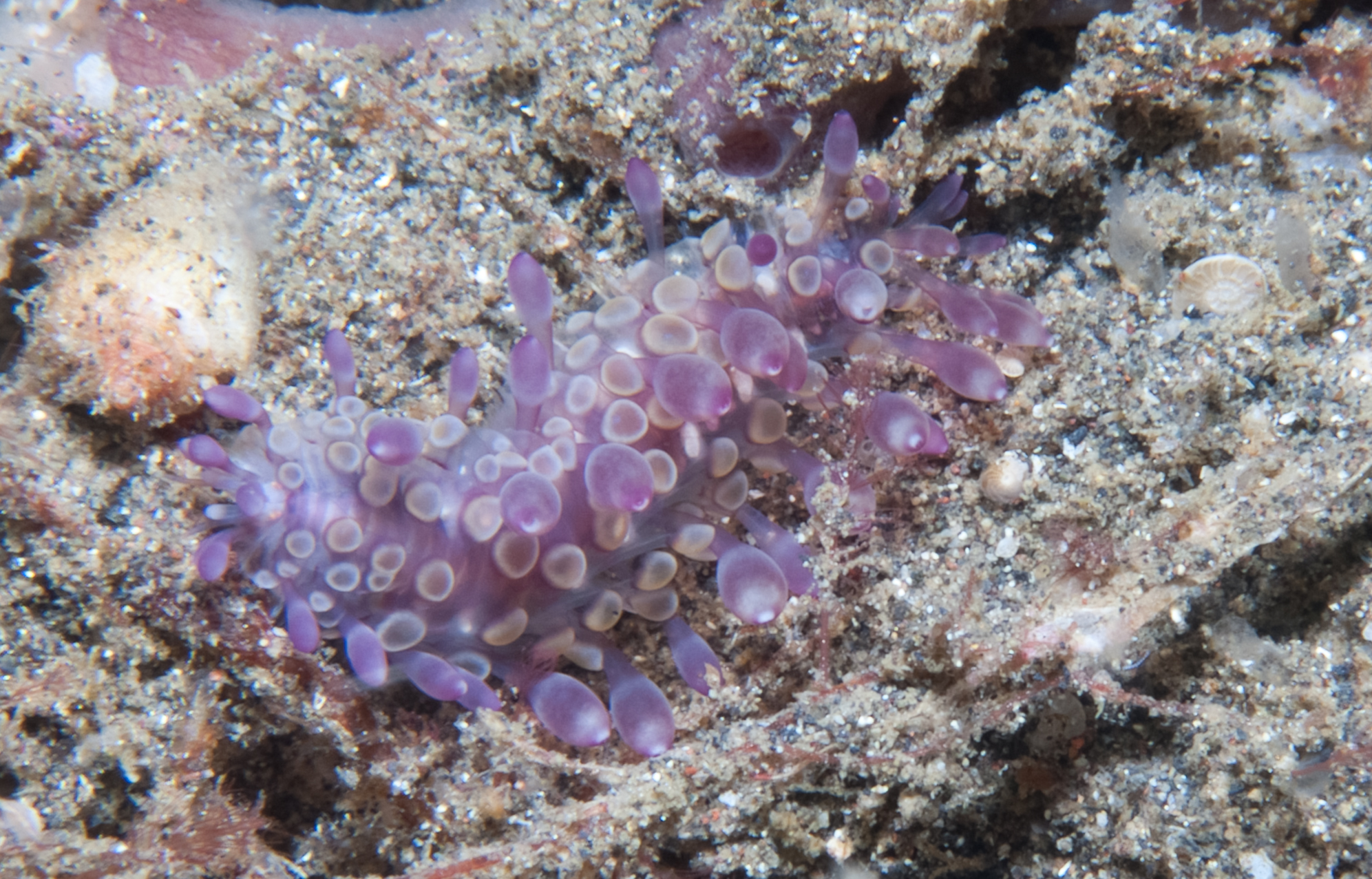|
Austrolaenilla
''Austrolaenilla'' is a genus of marine annelids in the family Polynoidae (scale worms). The genus includes 10 species which are known from depths of about 20 m to over 5000 m and from the Atlantic Ocean, Southern Ocean and Antarctic Ocean. Description ''Austrolaenilla'' are short bodied species with fewer than 50 segments and 15 or 16 pairs of elytron (Annelida), elytra. The median and lateral antennae are covered with slender papillae and are located ventral to the anterior margin of the prostomium; lateral antennae are ventrally (directly beneath the median antenna). Chaetae are present on the first segment. The Parapodia, neuropodial lobe is elongate and tapering. The Chaeta, notochaetae are stout, distinctly thicker than Chaeta, neurochaetae and are ornamented with transverse rows of fine teeth. The neurochaetae are distinctive, with hairy tips and may be either unidentate or bidentate.Bergström, Erik. (1916). Die Polynoiden der schwedischen Südpolarexpedition 1901–1 ... [...More Info...] [...Related Items...] OR: [Wikipedia] [Google] [Baidu] |
Polynoidae
Polynoidae is a family of marine Polychaete worms known as "scale worms" due to the scale-like elytra on the dorsal surface. Almost 900 species are currently recognised belonging to 9 subfamilies and 167 genera. They are active hunters, but generally dwell in protected environments such as under stones. The group is widely distributed from shallow intertidal waters to hadal trenches. They are the most diverse group of polychaetes in terms of genus number and second most diverse in terms of species number which is almost 8% of all segmented worm species. Description Most Polynoidae species are short and flattened, but can reach as much as 20 cm in length and 10 cm width in '' Eulagisca gigantea'' and '' Eulagisca uschakovi''. Individuals are usually covered almost entirely by elytra, which can be shed and regenerated in many species. The elytra of some species are faintly bioluminescent, and leave glowing traces around the mouthparts of their predators, making those pre ... [...More Info...] [...Related Items...] OR: [Wikipedia] [Google] [Baidu] |
Annelid
The annelids (Annelida , from Latin ', "little ring"), also known as the segmented worms, are a large phylum, with over 22,000 extant species including ragworms, earthworms, and leeches. The species exist in and have adapted to various ecologies – some in marine environments as distinct as tidal zones and hydrothermal vents, others in fresh water, and yet others in moist terrestrial environments. The Annelids are bilaterally symmetrical, triploblastic, coelomate, invertebrate organisms. They also have parapodia for locomotion. Most textbooks still use the traditional division into polychaetes (almost all marine), oligochaetes (which include earthworms) and leech-like species. Cladistic research since 1997 has radically changed this scheme, viewing leeches as a sub-group of oligochaetes and oligochaetes as a sub-group of polychaetes. In addition, the Pogonophora, Echiura and Sipuncula, previously regarded as separate phyla, are now regarded as sub-groups of ... [...More Info...] [...Related Items...] OR: [Wikipedia] [Google] [Baidu] |
